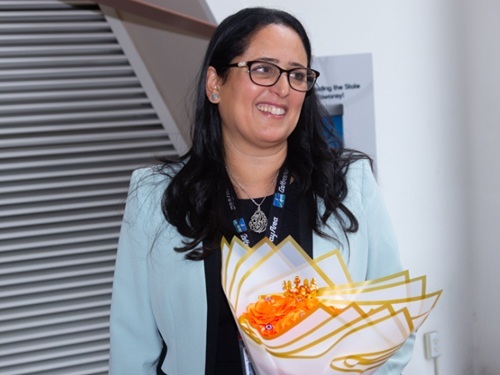The North Carolina Department of Transportation is funding a research project by two university professors to study commercial concrete sealants used to treat cracks in roads, bridges, tunnels and other highway projects in order to prevent damage and corrosion caused by moisture.
[Above photo by NCDOT]
Dr. Amin Akhnoukh, an associate professor in construction management at East Carolina University, will work with Dr. Mohammed Pour-Ghaz of North Carolina State University on this project – which starts on August 1.
They plan to test various sealants for repairing cracks in specific types of concrete, testing the strength of sealants and looking at the impact of different environmental conditions on sealants, then submit a report on their findings to NCDOT.

“Cracking is so dangerous as it allows moisture, water vapor, and de-icing salts to penetrate inside the concrete surface, which shorten its life span,” explained Dr. Akhnoukh in a blog post. “Also, the intrusion of moisture and chemicals to the concrete results in expedited steel corrosion that might result in structural failure.”
“The research is required to reduce the life cycle cost of the project — bridge, highway, tunnel, etc. — by increasing the project life span and minimizing required maintenance,” he said, adding that improved crack sealants would also lead to better road conditions for drivers.
Of course, no two cracks are the same. Dr. Akhnoukh pointed out that the study would look at the orientation of the crack — whether it is horizontal or vertical — along with its size, width, and age. Other aspects such as the type of concrete mix, moisture content and expected loads in the area of the crack are also factors.
“The goal is to find the best sealant given the project type, crack type, loading and environmental conditions,” he explained. “Also, the best practice in applying sealant is required to be investigated.”
Dr. Akhnoukh has been involved in a variety NCDOT research projects on road construction and road conditions of late, including one that looks at the future of bridge construction in North Carolina and another on integrated abutment bridge construction.
 States
States
Dina El-Tawansy Appointed Director of Caltrans
July 11, 2025 States
States

